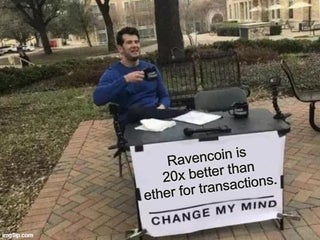What does your portfolio need to do for you to reach your goal?
If you haven't thought about this yet, it can either be a rude awakening or hopium. For me my current crypto holdings need to do 100x in order for me to be financially free. This is not going to be easy (or maybe it will be, who knows) but I'm still hopeful I can do…
Read more



